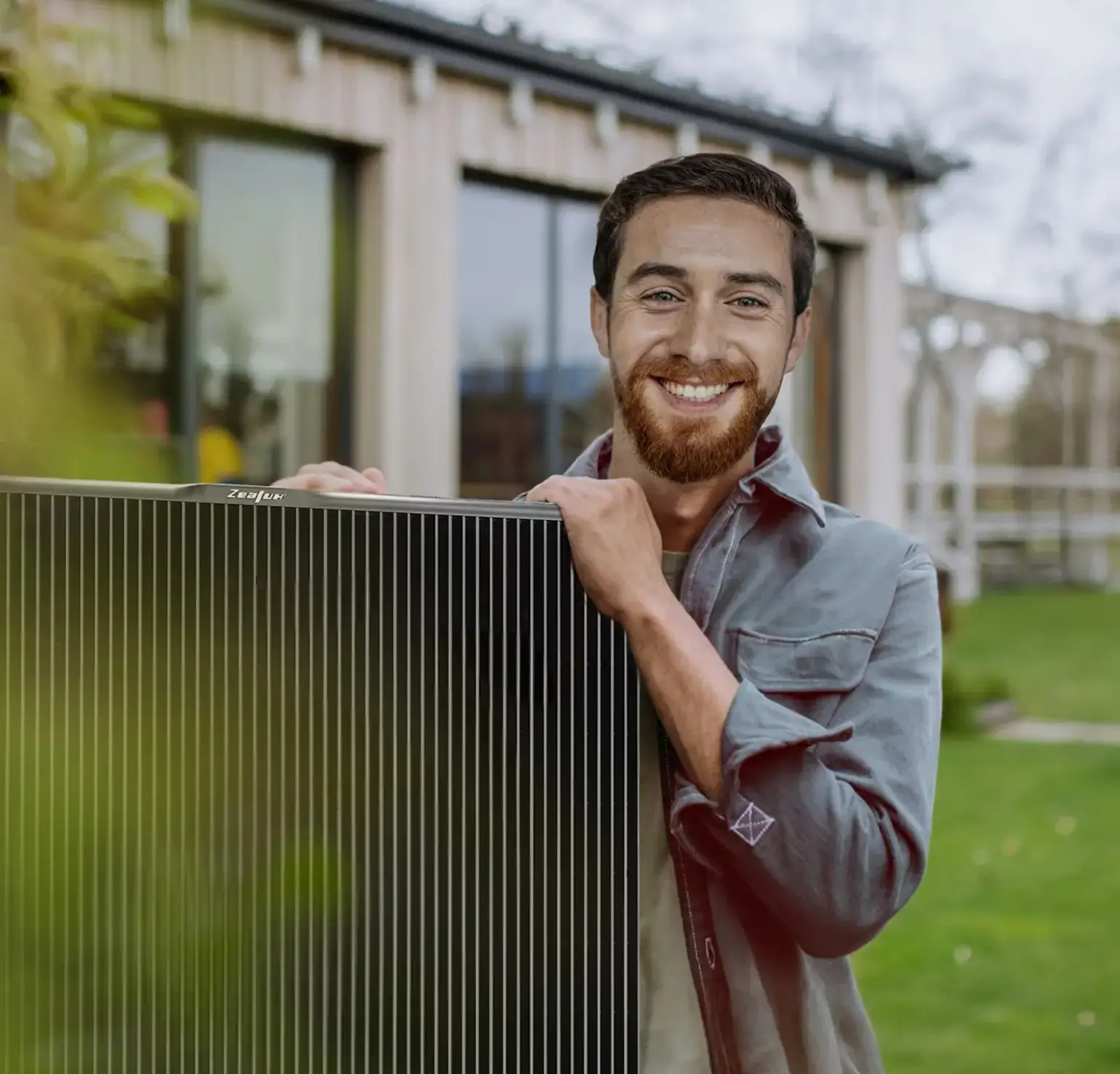To bleed a radiator, you need to unscrew the valve on the side of the radiator and allow the trapped air to escape until water starts flowing. This process helps improve the radiator’s heating efficiency and ensure even heat distribution throughout the room.
So, how do you bleed the radiators in your home in preparation for the cold season, what tools are needed for this, and how can you ensure that your heating system operates efficiently and without interruption?
If your radiators do not heat well even after venting, you can contact us by e-mail info@pumpheat.co.uk or by phone 079999813441, we will try to solve your problem, or you should consider renewing your heating system. We offer fan convectors-radiators – an effective heating solution that can not only heat your home, but also cool it. With the help of these convectors, a gas or pellet boiler, a heat pump, will work much more efficiently, and fuel consumption will decrease.
How do you know if a radiator needs bleeding?
Radiator bleeding is necessary when air accumulates in the heating system, preventing the proper circulation of hot water.
The presence of air in the system is indicated by:
- Reduced heating efficiency : If your radiators are not as hot as usual, especially at the top, this is the first sign that venting is needed.
- Strange noises : If you hear gurgling, hissing, or other strange sounds in your radiators, it could mean that trapped air is preventing water from circulating.
- Temperature differences : When the bottom of the radiator is hot and the top is cold, this is another sign that the radiators need to be bled.
Why is it necessary to bleed radiators?
Venting radiators is essential to ensure the efficient operation of your heating system. If air is trapped inside a radiator, heat is not distributed evenly, so rooms may not warm up as they should.
This can force you to turn up the radiators more, which will increase your energy costs and heating bills. Regular venting helps to remove trapped air, ensuring efficient hot water circulation and maximum radiator efficiency, thus saving energy and reducing heating costs.
Necessary tools for bleeding the radiator
- Radiator bleeder wrench or flat-blade screwdriver : These tools are necessary to unscrew the bleeder valve. Some radiators may have special wrenches, but most will work with a simple flat-blade screwdriver.
- Container to collect water : Since some water may escape during venting, it is convenient to have a small container, such as a bowl, on hand.
- Cloth or towel : Clean the radiator or floor after venting.
Basic steps for bleeding radiators
1. Turn on the heating
First, turn on the heating system and let it warm up fully. This will make it easier to bleed the system, as all the air in the system will collect in the upper part of the radiator.
2. Turn off the heating
If you leave the heating system on, water may start to flow heavily from the radiators during bleeding, which will damage the floor or carpeting.
3. Prepare cloths to collect water
When bleeding radiators, some water always leaks out of the system. To avoid wet floors, have a few towels or rags ready to help absorb any water that leaks out.
3. Locate the radiator drain valve
At the top of the radiator, usually on the side, you will find a valve that is used to release air. This valve is usually a square-shaped nut or a small screw with a groove.
4.Open the drain valve
Using a radiator key or flat screwdriver, carefully turn the valve counterclockwise. You will begin to hear a hissing sound, which indicates that trapped air is being released. Turn the valve slowly, as opening it too far can cause a large flow of water to flow onto the floor.
5.Bleed the air
Continue turning the valve until a steady stream of water starts to flow. Be careful, the water may be hot, so it is a good idea to use a towel or at least a napkin to protect your hands. Once the water is flowing freely, quickly turn the valve back clockwise. Turn the valve carefully so as not to overtighten it.
6.Repeat the process for all radiators
Repeat this process going through all the radiators in your home. This will help ensure that the entire heating system is properly bled and working efficiently.
How often should radiators be bled?
It is recommended to bleed your radiators at least once a year, preferably before the heating season starts. However, if you notice any of the symptoms listed above, you may need to bleed them more often. It is a simple and quick process that can significantly improve the heating efficiency of your home.

